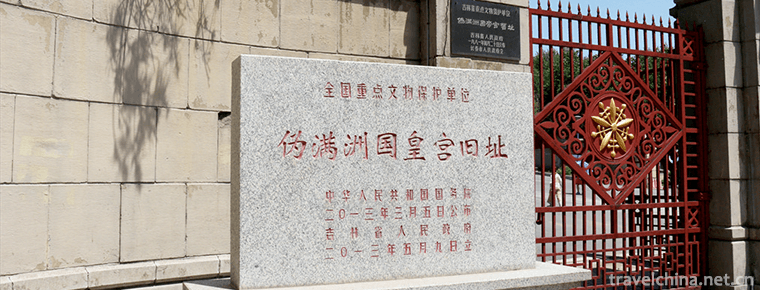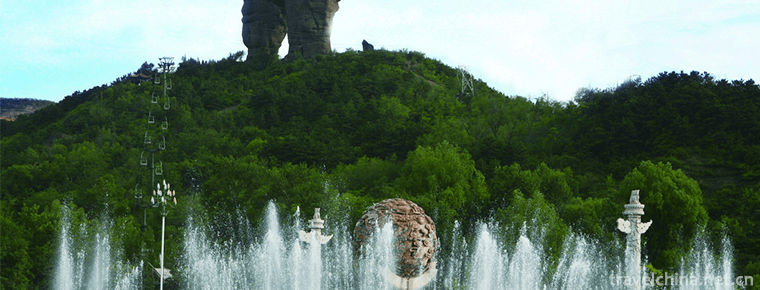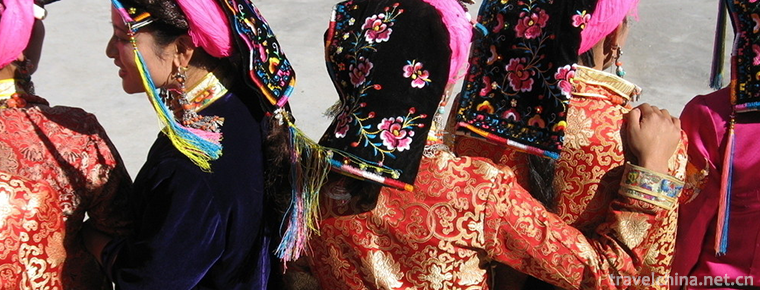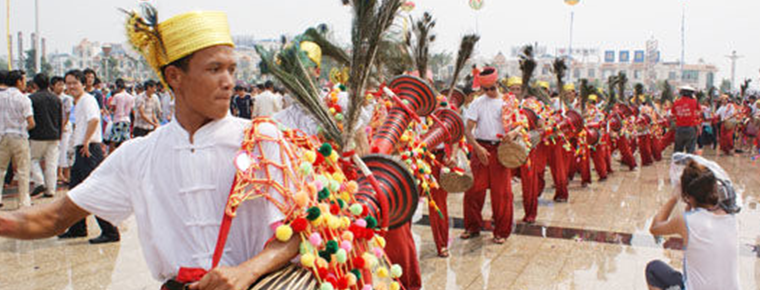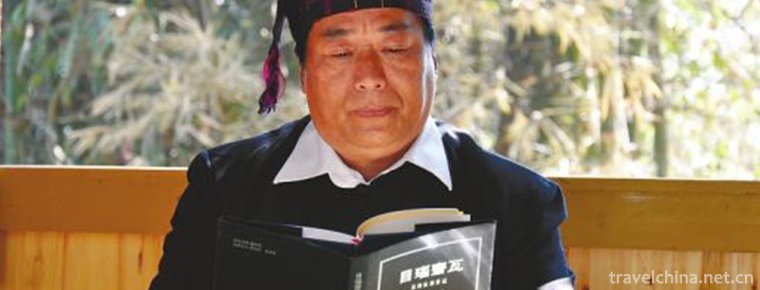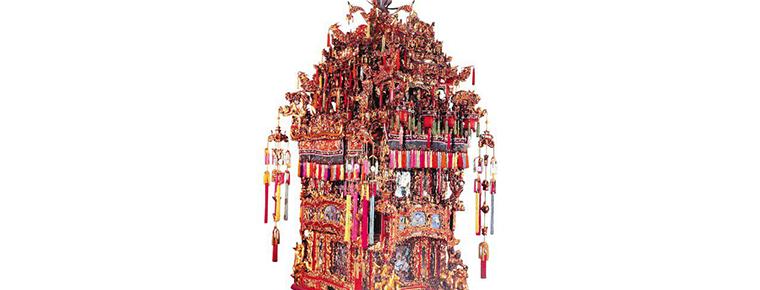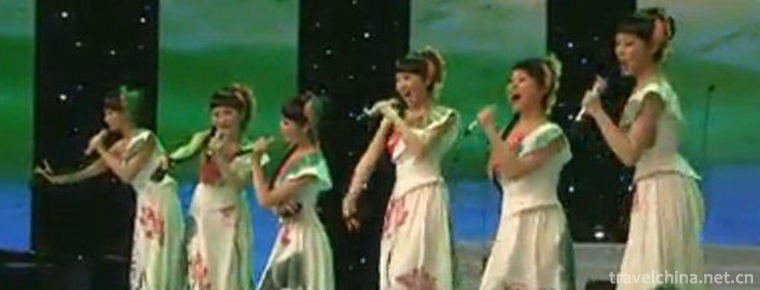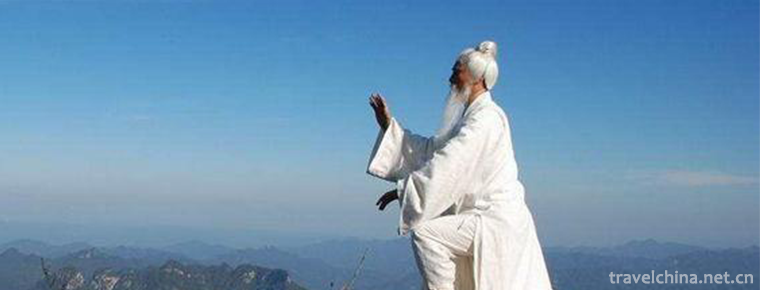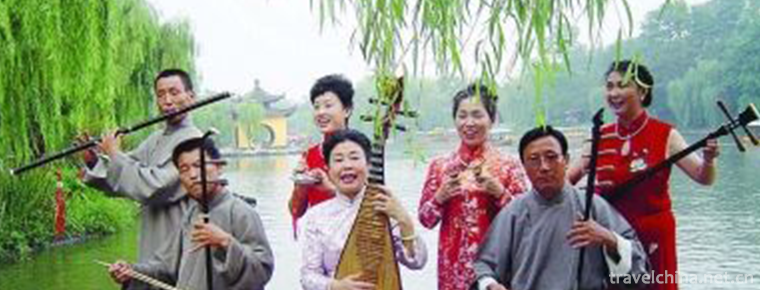Cuiping Mountain Park
Cuiping Mountain Park
Cuipingshan Park, located in the northwest of Yibin City, Sichuan Province, is a famous urban forest park integrating scenic spots and forest scenery. It is mainly composed of Cuiping mountain and Zhenwu mountain. Because of the towering mountains, green trees, screen Zhi river bank named. There are wide stone steps in front of the mountain, winding and winding, to meet the four sides, direct to the top of the mountain. On both sides of the tree Fu Shu, Lianluo winding, flowers fragrance.
History of development
The mountains are lined with bamboo and trees. The mountains are evergreen in four seasons, so they are named Cuiping. However, during the period of the Republic of China, all the trees on the mountain were completely cut down. In 1953, the state-owned forest area was established. Since 1954, it has been continuously planted and cultivated in large areas. By 1984, it was ranked second only to Zijin Mountain in Nanjing. At present, there are 60 species of trees belonging to 28 families, and the standing stock volume is 11140 cubic meters. There are 125 species of 36 families of ground cover plants under the forest, including nearly 100 species of birds, 12 species of wild animals, more than 60000 square meters of orchard and more than 7400 fruit trees. More than 150 living fossil tree ferns have been found. The mountain was turned into a park in 1958, with roads and stone steps leading to the top of the mountain. There are new tourist spots, such as Baicao garden, zoo, Nezha palace, Sanyou Pavilion, Sanjiang tower, bonsai garden, children's paradise, tea garden, open-air theater, Zhao Yiman memorial hall, Cuiping mountain villa, etc. And the newly built 900 meters aerial ropeway, from the foothills to the top of the mountain. The original historic sites, such as Qianfo temple and immortal temple in Ming Dynasty, have also been renovated. Due to the wide distribution of pine, fir, cypress and other trees, it has become a rare urban forest park.
On the mountain there are stone carvings of the Tang Dynasty. "Cuiping evening bell" is one of the eight scenic spots in Yibin. When the sun is clear, you can overlook the whole city from the top of the mountain; from a far distance, you can see the famous "three towers of Xufu": Jiuzhou tower, white tower and black tower. Mountain flower path twists and turns, vines around branches, ponds Pavilion Pavilion, scattered. Cuiping academy, the original historic site on the mountain, is now designated as "Zhao Yiman Memorial Hall", a heroine of the Anti Japanese nation. There are also Nezha cave on the mountain with a statue of Nezha inside. In recent years, believers of Nezha in Taiwan have come here every year to worship, becoming a new tourist attraction in Cuiping mountain. "Nezha Palace" was built in imitation of Taoist temples in Qing Dynasty. The palace is built along the mountain, facing the south. It is composed of the gate, Prince's hall and Nezha cave located on the central axis. The building area is 330 square meters. It is of double eaves and hilltop style, with small green tiles and powder walls, and reinforced concrete imitation wood structure. The whole hall is solemn and lofty.
Main attractions
Zhao Yiman Memorial Hall
Zhao Yiman memorial hall, located in Cuiping Academy on the hillside of Cuiping mountain in Yibin City, Sichuan Province, was built by Yibin municipal government in 1960 to commemorate the outstanding member of the Communist Party of China and the outstanding anti Japanese national hero Zhao Yiman. There are three exhibition halls and a local party history exhibition room in Yibin.
The memorial hall covers an area of 3120 square meters, with a construction area of 547 square meters. There are three exhibition rooms, displaying the inscriptions of the party and state leaders Zhu De, Dong Biwu, Song Qingling, Chen Yi, etc., as well as the literature materials about Zhao Yiman's revolutionary activities, and Zhao Yiman's deeds of Anti Japanese armed struggle in Northeast China. He also collected 171 physical objects, 706 photos and more than 200 pieces of literature and inscriptions, including 10 first-class items.
There are three exhibition halls and a local party history exhibition room in Yibin.
The first exhibition hall displays the inscriptions of Zhu De, Chen Yun and other party and state leaders, as well as the chronology and biography of martyr Zhao Yiman;
The second exhibition hall introduces Zhao Yiman's evolution from a lady to a firm communist;
The third exhibition hall introduces Zhao Yiman's brilliant achievements in organizing and leading the workers' movement in Northeast China, participating in the heroic killing of the enemy by the Northeast Anti Japanese United Army, and the tragic scene of his heroic death after being captured.
There is a white marble statue of Zhao Yiman in front of the museum, and inscriptions of leaders of the party and the state are displayed in the museum. The exhibition reflects Zhao Yiman's growth and her heroic spirit in the northeast of China, especially in the Anti Japanese United Army.
Nazha Palace
The story of Lady Nezha built in the fairy tale of Nezha in 1991 is built on the mountain of Nezha. Nezha palace is an antique building with mixed mud structure, covering an area of more than 1000 square meters. The palace was built on the mountain. The layout is reasonable, the shape is simple and unsophisticated, the arches are carved beams, the veranda are winding, the eaves are cocked, and the Baoding is in the sky.
There are mainly immortal trace archway, Prince Temple, Nezha cross legged statue, vivid and lifelike. On the top of the cave is carved a relief of the exquisite pagoda given to Li Jing by the Taoist priest of lighting lamp. On the top of the palace, the temple of master Nezha is also built on the top of the mountain, with a statue of the immortal.
Through the common research on both sides of the Taiwan Strait, it is confirmed that the Nezha palace in Cuiping mountain is the only ancestral temple of Nezha (the Third Prince) in China. Every year, compatriots from Hong Kong, Macao and Taiwan and overseas Chinese from Southeast Asia come here to worship their ancestors. In 1998, Nezha palace was invited to visit Taiwan, and the third prince's golden body circled the island for half a year, highlighting the status of the ancestral temple.
Mahabonddha
Qianfo temple, an ancient temple of the Tang Dynasty, was hidden in the ancient trees and dense forests at the back of Cuiping mountain in Yibin City. It covers an area of about 15 mu. There are more than 20 teaching staff, more than 60 permanent residents and more than 100000 religious believers.
According to the records of Yibin County and Xuzhou Prefecture in Qing Dynasty, qianfotai was excavated in 789, the fifth year of Dezong's Zhenyuan period in the middle Tang Dynasty, and Qianfo hall and Guanyin hall were built successively on the Qianfo platform. The Buddha Temple was built in 1095, the second year of zhezongshao in the Northern Song Dynasty. At that time, incense and fire flourished and became a Buddhist jungle in southern Sichuan. In the Northern Song Dynasty, Huang Tingjian left a famous sentence: "the mountains surround the tower, the bell and drum are late, and the ancient Zen pass is deep in Cuiping". This makes "Cuiping evening bell" a unique cultural landscape in southern Sichuan, and is listed in the eight sceneries of Xuzhou.
Master Wuchan (1575-1620) and master Tianrong (1765-1620) of Emperor Qianlong (Emperor Gaozong of the Qing Dynasty) revived Qianfo Temple twice. By the 1960s, only the ruins of the ancient thousand Buddha platform remained.
In 1995, Yibin municipal government decided to move Huiming temple, a dangerous building in the east of the city, to qianfotai and rebuild Qianfo temple. Master Shi Zuming, the first abbot of the temple, was the successor of his ancestors. He led the monks and all the monks in the temple. When he grasped the work, he completed the Daxiong hall for the first time in 1998. The main project was completed in 1999, and the opening ceremony was held on the eighth day of April in the same year. Zhao Puchu, President of China Buddhist Association, personally inscribed the plaque of Qianfo temple. Master Zuming, who rebuilt the thousand Buddha Temple, is the fourth generation disciple of master Yuanying, a Chinese Buddhist monk.
After Chongguang, Qianfo temple was built against the mountain, with Qianfo hall, Tianwang hall, dizang hall, Daxiong hall, Guanyin hall and Qifo hall on the central axis; Luohan hall, Damo hall, Drum Tower (Tibetan Scripture building) and three holy halls in the West; Qianfo stele forest, Cuiping evening bell (bell tower), Oriental three saints and twelve medicine fork generals' niches plastic corridor and range Pavilion on the central axis, with Buddhist Chanting hall, Damo hall, Drum Tower (Tibetan Scripture tower) and western three saints hall Wuguan hall and squatter. Pavilions and pavilions and tea garden exhibition halls are specially set up in all walks to facilitate pilgrims and visitors to have a rest.
In front of Qianfo temple, Zhenjue temple in the hinterland of Cuiping mountain was built in the Chenghua period of Ming Dynasty (1465-1487). Later, it was Cuiping Academy (the predecessor of Shiyi No.1 Middle School), and is now the memorial hall of martyrs Zhao Yiman. On the West (right) side of Qianfo temple is adjacent to Nezha palace; on the top of the mountain behind, there are twin towers that directly plunge into the sky and stand on the top of the mountain. You can have a panoramic view of the three rivers.
Over the past 10 years since the restoration and reconstruction of Qianfo temple, 37 impoverished college and secondary school students have been subsidized for more than 400000 yuan; the accumulated funds for improving school running conditions, building water conservancy and rural roads in poverty-stricken mountainous areas have reached more than 100000 yuan; and more than 120000 yuan has been accumulated in providing disaster relief and supporting cash clothing for poor households. It has been rated as the advanced poverty alleviation and aid program (district level in 2001), the advanced collective of National Excellent Tourism City (municipal level in 2005), the advanced collective learning from the fifth Geda living Buddha (provincial level in 2006), and the place of harmonious religious activities (provincial level in 2007).
Tourism information
The park is now divided into a pedestrian Park, vehicles are not allowed to enter.
Tickets are free.

-
The Museum of the Imperial Palace of Manchukuo
The Museum of the Imperial Palace of “Manchukuo†is located in Guangfubei Road, Kuancheng District, Changchun City. It is a Palace Ruins Museum built on the site of the Puppet Manchu Palac.
Views: 231 Time 2018-12-05 -
Guyuan Northern Dynasty Sui and Tang Dynasties Cemetery
The tombs of the Northern Dynasty and Sui and Tang Dynasties in Guyuan are located in Xiaomazhuang, Yangfang, Shengou, Dabao, Wanglioba, five natural villages in the West and south suburbs of Yuanzhou.
Views: 116 Time 2019-01-12 -
The Twin Colossals
Shuangta Mountain is located ten kilometers southwest of Chengde Summer Resort in Hebei Province, with a total area of 3000 hectares and beautiful scenery. It is the largest natural scenic resort in C.
Views: 286 Time 2019-02-08 -
Tibetan costume
Tibetan costumes Tibetan men's clothes are divided into three categories: labor dress, superfluous dress and warrior dress. Women's clothes change greatly in festivals, major events in life and etique.
Views: 202 Time 2019-04-05 -
Dai Elephant Foot Inspiration
There is also a legendary story about the origin of the Dai elephant drum. Legend has it that Mengzhai area in ancient times was a beautiful lake rippling with blue waves. But there are pythons and to.
Views: 168 Time 2019-04-24 -
Production Techniques of Mongolian Lele Car
Lele cart is a cattle cart in Mongolian area, also known as roller cart. Its origin can be traced back to the "Yuan Yuan" recorded in Han Shu. As far back as the Qin and Han Dynasties, the H.
Views: 190 Time 2019-06-03 -
Munaozaiwa
In May 2011, Munaozaiwa declared by Dehong Dai Jingpo Autonomous Prefecture of Yunnan Province was listed in the third batch of national intangible cultural heritage list with the approval of the Stat.
Views: 112 Time 2019-06-06 -
Ningbo Zhujin lacquer wood carving
Also known as "Golden Lacquer Wood Carving", it is a traditional Chinese craft. Composition features mainly draw on the advantages of Chinese folk paintings and literati landscape flowers an.
Views: 132 Time 2019-06-08 -
Qianjiang Folk Songs
Qianjiang folk song is a traditional folk song in Hubei Province. Popular in Qianjiang City, folk songs created by local working people in their work, life and customs. Its rich content,.
Views: 294 Time 2019-06-10 -
Taiji boxing
Taijiquan, a national intangible cultural heritage, is based on the traditional Chinese Confucian and Taoist philosophy of Taiji, Yin-Yang dialectical concept as the core idea, integrating many functi.
Views: 170 Time 2019-06-18 -
Yangzhou Qingqu
Yangzhou Qingqu, also known as "Guangling Qingqu" and "Weiyang Qingqu", is a form of Musical Singing developed on the basis of popular songs and minors popular in Yangzhou during t.
Views: 126 Time 2019-07-10 -
Zhuang Drama
Zhuang Opera, a local traditional drama in Guangxi Zhuang Autonomous Region, is one of the national intangible cultural heritage..
Views: 174 Time 2019-08-16
